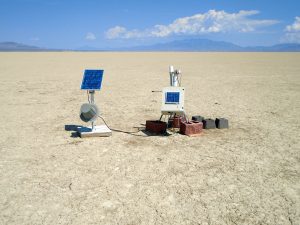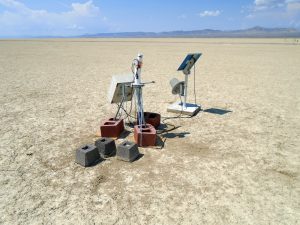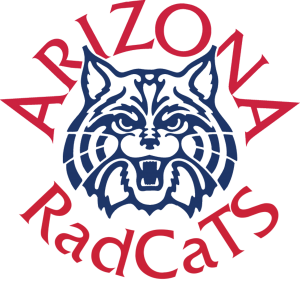RadCaTS
The Radiometric Calibration Test Site (RadCaTS) facility is a suite of instruments that are used to make in situ measurements of the surface and atmosphere to predict the top-of-atmosphere (TOA) spectral radiance reflected from the Earth’s surface at any time during clear-sky conditions. It is an extension of the measurements made by ground-based personnel using the reflectance-based approach for vicarious calibration, and it is currently in use to validate the radiometric calibration and surface reflectance products of such sensors as Landsat 8 OLI, Landsat 7 ETM+, Terra and Aqua MODIS, MISR, ASTER, WorldView, RapidEye, and more recently SNPP VIIRS.
The RadCaTS surface reflectance measurements are made using multispectral GVRs that were designed, developed, and tested at RSG. The instruments have gone through various upgrades throughout the past decade, and the current design has eight spectral channels. Seven of the eight channels have Silicon detectors, and the eighth channel has an InGaAs detector. Interference filters are used to control the spectral characteristics of each channel.
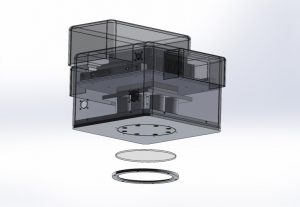
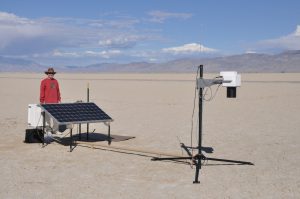
Atmospheric measurements are made using a Cimel 318A sun photometer that is part of the Aerosol Robotic Network (AERONET). RSG currently operates Cimel serial numbers 786 and 314. One is typically in operation at Railroad Valley while the other is being calibrated at NASA Goddard Space Flight Center (GSFC). Measurements of direct sun and sky are made throughout the day in a predetermined sequence, and the data are uploaded to GSFC via a Geostationary Operational Environmental Satellite (GOES West) every hour. The data are processed at GSFC and are downloaded by RSG for use in the RadCaTS processing code.
